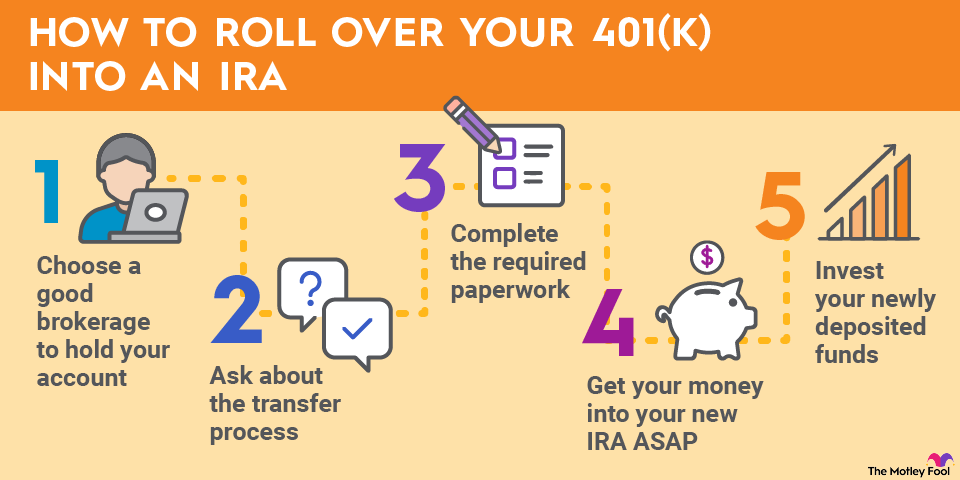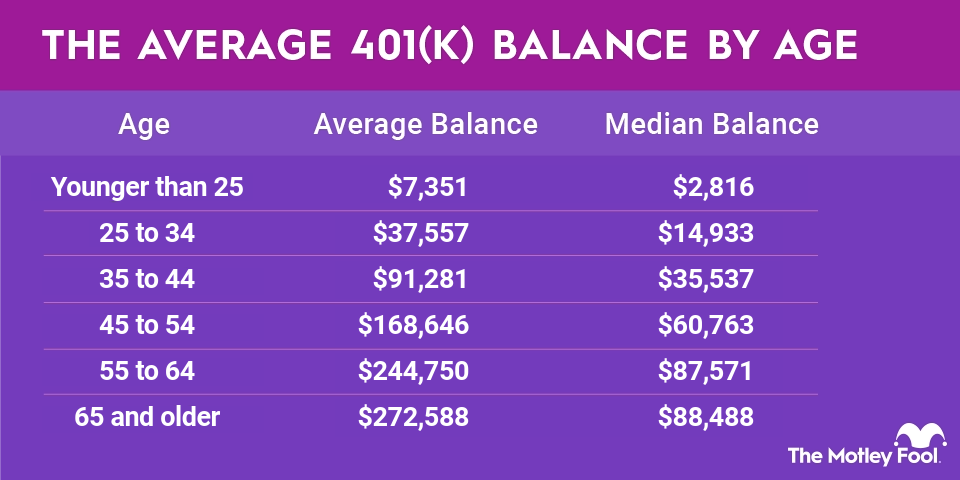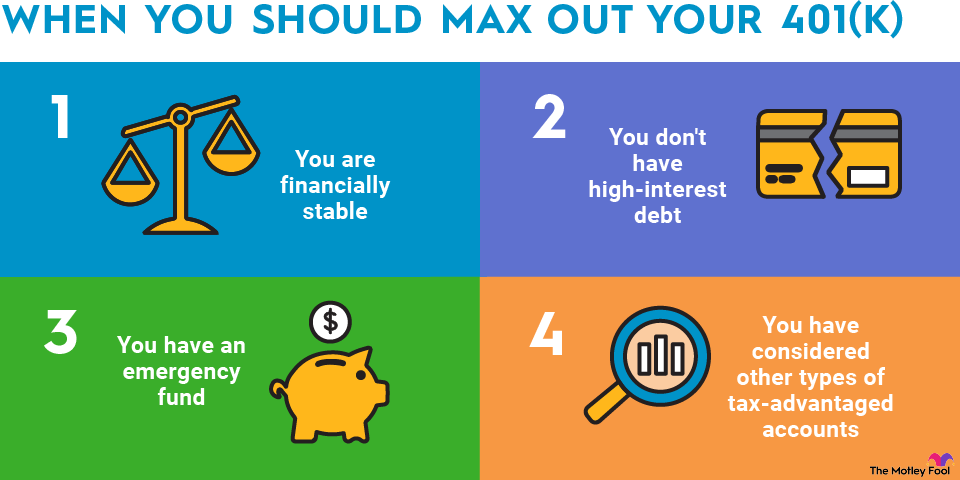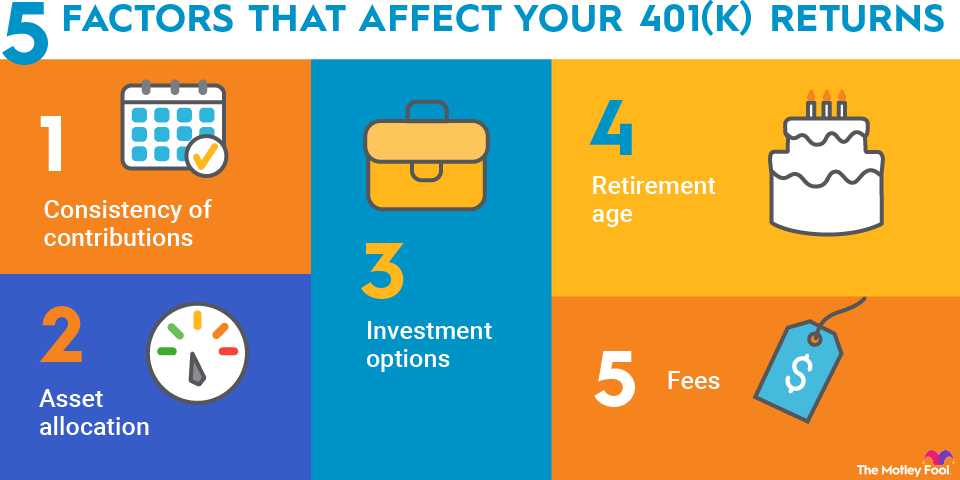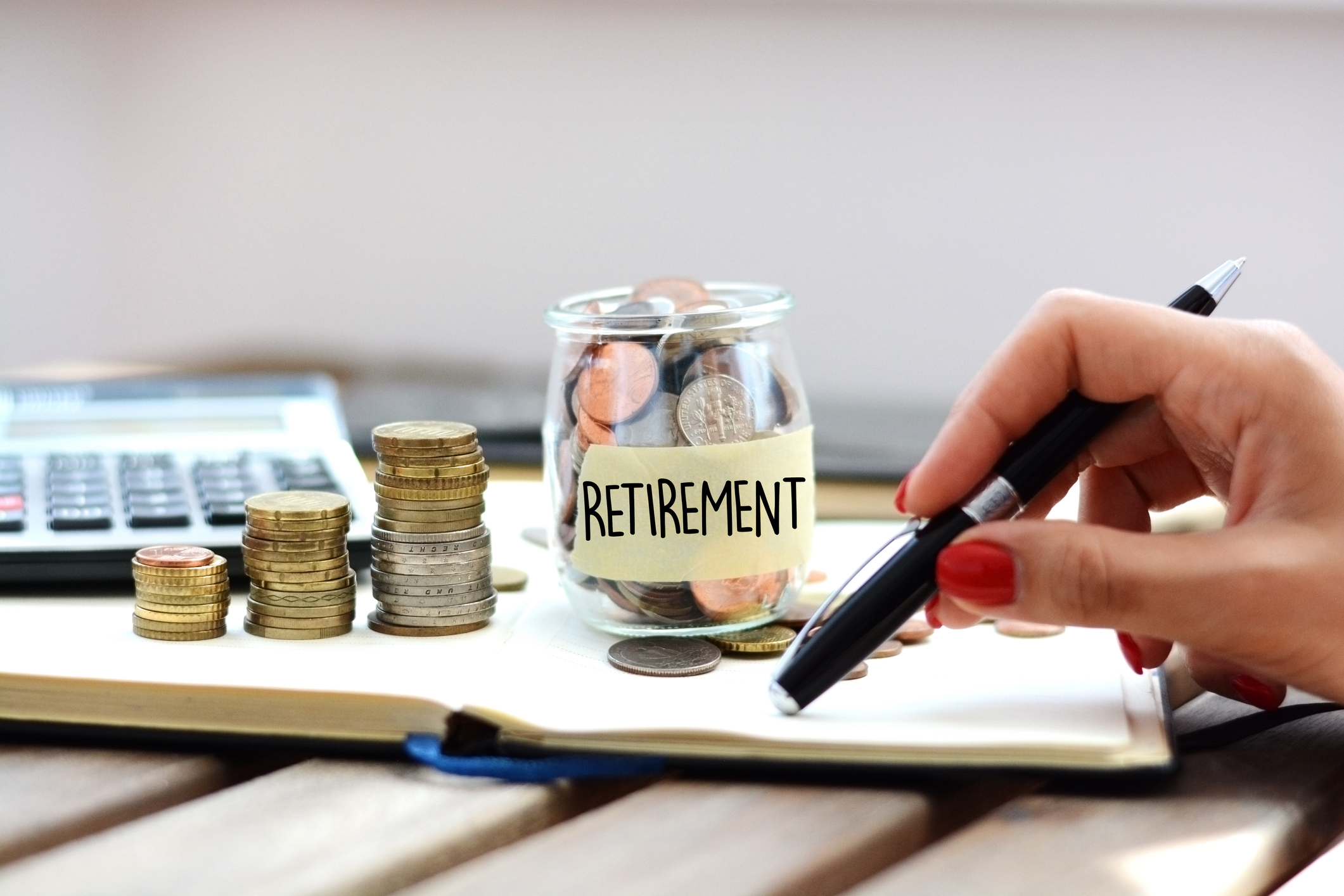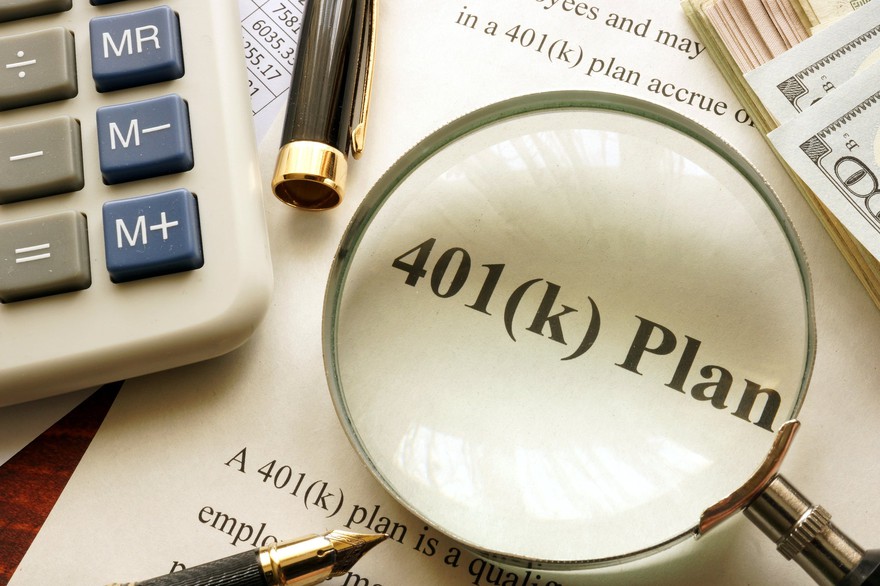401(k) matching contributions can be a wonderful perk for employees. Under an employer matching program, your employer agrees to contribute money to your 401(k) account, matching what you save from your own paycheck pretax, up to a certain limit. For example, an employer might agree to match 100% of employees' 401(k) contributions up to a maximum of 5% of salary.
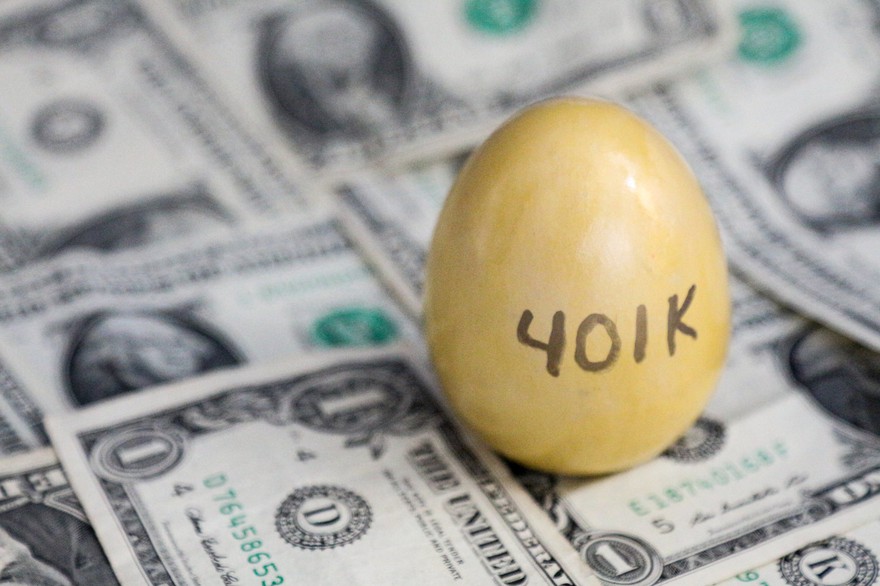
Matching is a terrific benefit, and a staggering 98% of employers that offer 401(k) plans provide some sort of company match.
However, the money your employer contributes typically isn't yours right away, and you could lose it if you leave your job. In most cases, there is a point at which the funds your employer contributes legally become yours, and that's where vesting comes in.
Here's an example of how powerful an employer match can be: If your salary is $60,000 and you contribute 5%, you save $3,000 per year for retirement. But if your company offers a 50% match, it kicks in a total of $1,500 on top of your contribution, so your account actually receives an annual contribution of $4,500 -- a nice sum that will compound over time to benefit you in retirement.
What does vested mean with a 401(k)?
Here's a crucial concept for employees participating in a 401(k) plan. While you always own the money you contribute from your own paycheck, you typically don't own the employer's matching contribution right away.
The process by which your employer's contributions legally become yours is known as vesting. A few employers offer immediate vesting, meaning that you'll own your entire 401(k) balance at all times. But this isn't the normal approach. Most 401(k) plans vest employer contributions over time.
401(k) vesting schedules
As previously noted, employers can opt for immediate vesting. This means that employees own 100% of their 401(k) accounts at all times -- even their employer contributions.
However, this isn't very common. Using a vesting schedule encourages employees to stay with the company, so most employers choose one of the following two vesting options.
Graded vesting
With a graded vesting schedule, a certain percentage of the employer contributions to your 401(k) vest each year over a set period until you are fully (100%) vested in your account.
If an employer chooses to use a graded vesting schedule, they must vest at least 20% of employer contributions by the end of the second year and an additional 20% annually in subsequent years. The longest a graded vesting schedule can last is six years, at the end of which employees are 100% vested.
As a simplified example, let's say that your employer uses the standard graded vesting schedule, and at the end of your third year, $10,000 of your 401(k) value can be attributed to employer contributions. Since you'd be 40% vested at this point, you would legally own $4,000 of this amount, plus whatever portion of your account came from your own elective contributions.
Cliff vesting
With a cliff vesting schedule, your 401(k) will fully vest at a specific time. Unlike with a graded vesting schedule, it doesn't happen gradually. You'll be exactly 0% vested one day and 100% the next.
If your employer chooses to use cliff vesting, they can set the vesting time at up to three years. If they do this, you immediately become fully vested in your 401(k) account upon the third anniversary of your employment.
It's important to note that these examples show the longest your employer contributions can take to vest. Your employer is allowed to use a faster vesting schedule than these, but not a slower one. The vesting schedule for your particular plan should be clearly spelled out in the information your employer provides about its 401(k) plan.
It's also worth noting that, regardless of the vesting schedule used, all employees must be 100% vested when they reach normal retirement age or if the retirement plan is terminated.
401(k) vesting after termination
If you leave a job before your 401(k) is fully vested, you'll likely lose the unvested portion of the account. After all, that money isn't legally yours until you've been at your job long enough to satisfy the vesting schedule your employer's plan uses.
When you leave a job before being fully vested, you forfeit the unvested portion of your account, and it's placed in the employer's forfeiture account. The company can then use it to help pay plan administration expenses, reduce employer contributions, or allocate it as additional contributions to plan participants.
401(k) vesting rules, requirements, and regulations
The IRS establishes the graded vesting and cliff vesting rules described above to ensure that employers can utilize vesting to help retain employees while still allowing workers to own their retirement savings within a reasonable time frame.
To be clear, the graded vesting and cliff vesting schedules mentioned here show the longest contributions can take to vest. Employers may opt for more generous schedules; for example, an employer could do a graded vesting schedule that allows employees to be 100% vested after three years instead of six. But they couldn't choose to require eight years of service to be fully vested.
Related retirement topics
Is it ever a good idea to leave a job before you're fully vested?
It may seem silly to leave a job voluntarily before your retirement account is fully vested, since you're literally giving up a portion of your retirement account by doing so. However, there are some cases where the financial benefits of switching jobs can outweigh what you're giving up.
Consider this hypothetical example. You have $20,000 in your 401(k) account, but you're not currently vested in $3,000 of it. You get an exciting new job offer that will boost your salary by $10,000 per year.
If you're going to be fully vested in a couple of months, it may make sense to wait until you vest before giving notice. However, if you're not going to fully vest in the $3,000 for another two years, it may be more prudent to accept the higher salary immediately. You'll forfeit $3,000, but if your salary increase is significantly more than what you're giving up, you win.

